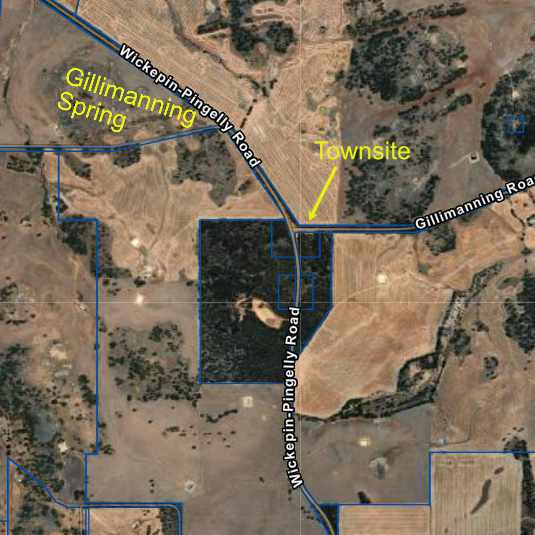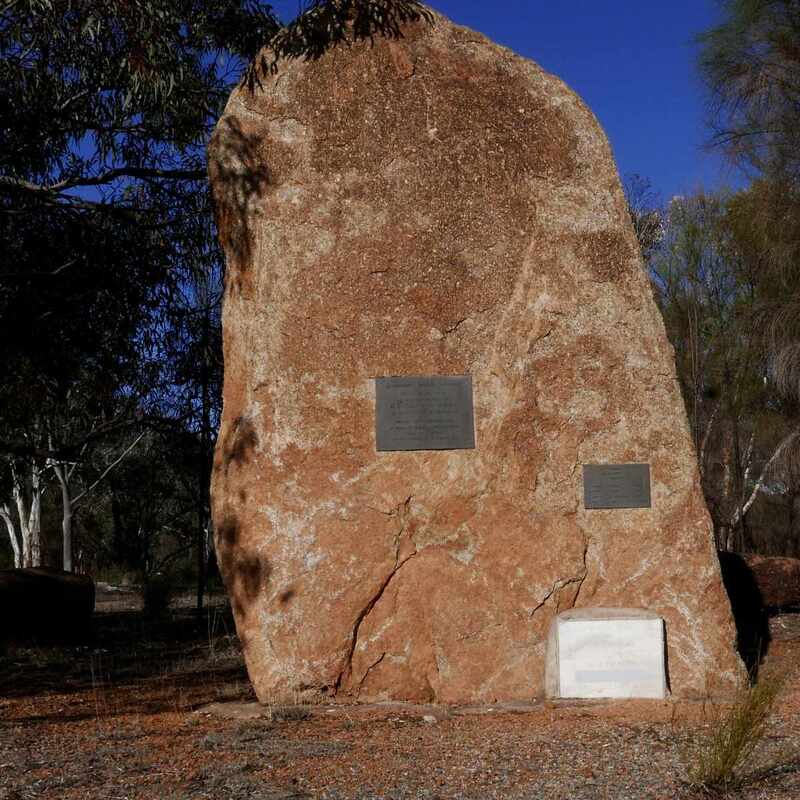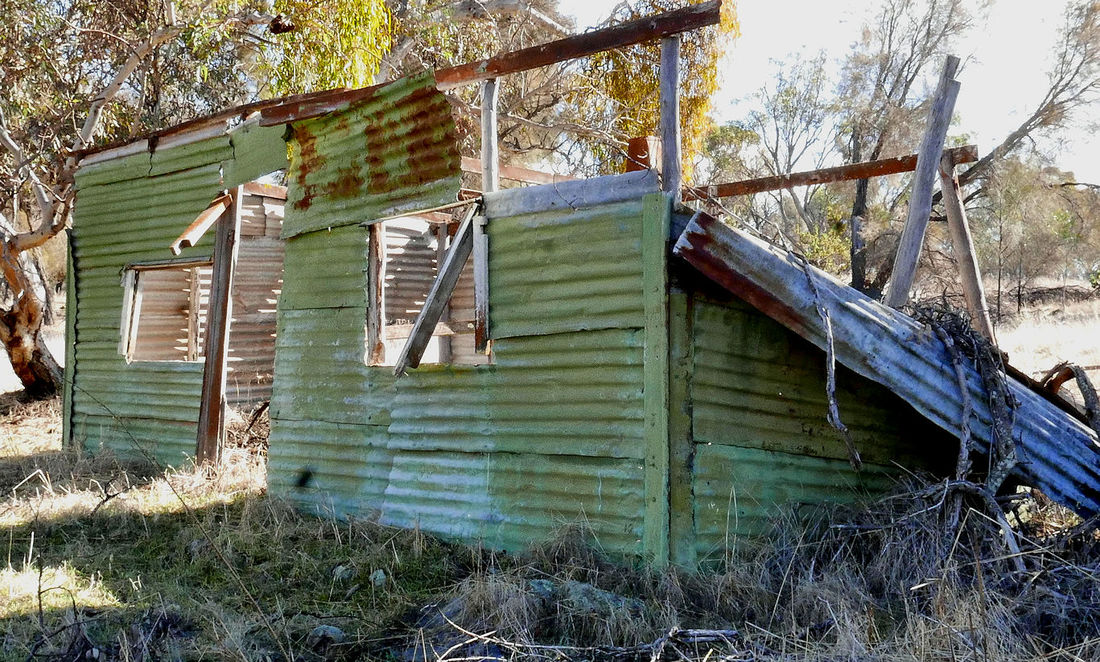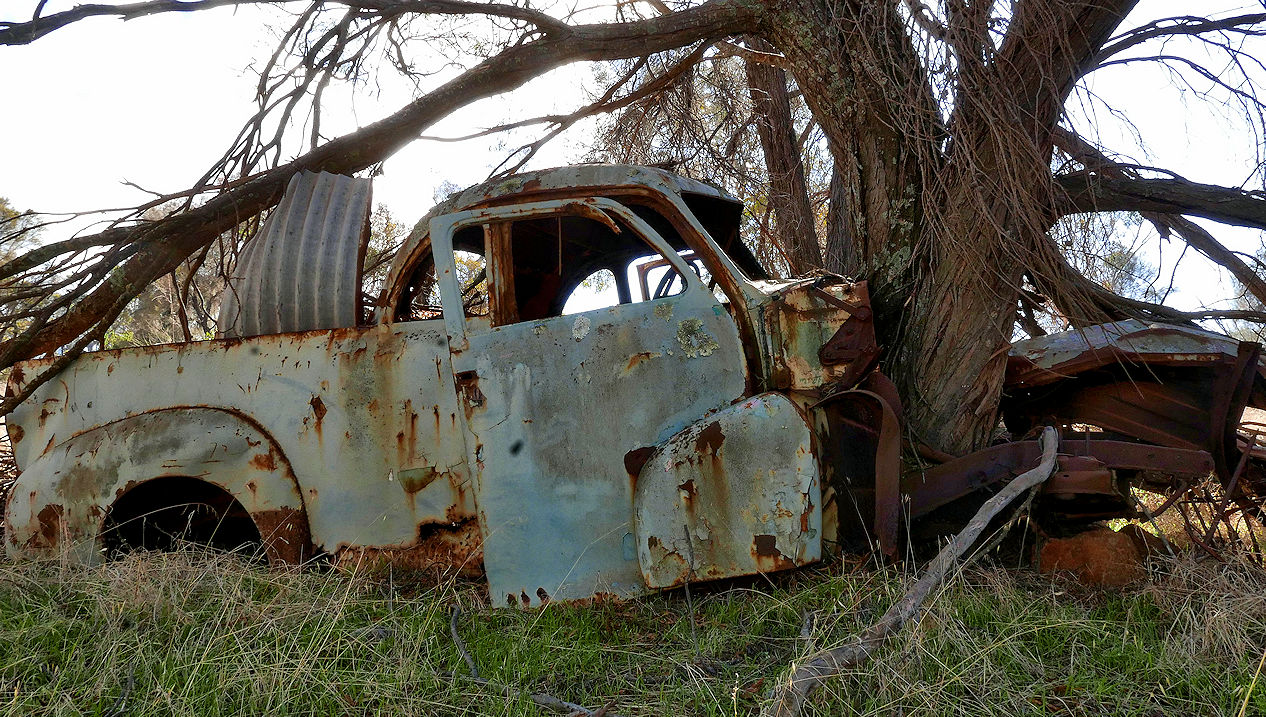Gillimanning is a townsite and reserve on the Pingelly-Wickepin Road. The town was established in 1905 and never grew more than a school, hall, and race track although it had an active progress association. Now there is just a memorial rock in a parking bay. Apart from a closed gravel pit the reserve itself has interesting and good condition bush.
I wonder how they got water here as the site is on the top of a rise. Gillimanning Well is on private property a few km to the north.
I was intrigued to see the name "Cliffordville" along side the townsite on the lithographs. This refers to the manual telephone exchange operated by the Clifford family. It was initially on their farm north of Gillimanning, and then shifted to the farm on the east side of the townsite.
I wonder how they got water here as the site is on the top of a rise. Gillimanning Well is on private property a few km to the north.
I was intrigued to see the name "Cliffordville" along side the townsite on the lithographs. This refers to the manual telephone exchange operated by the Clifford family. It was initially on their farm north of Gillimanning, and then shifted to the farm on the east side of the townsite.
On the side of a slope along Gillimanning Road I found an interesting sight on the side of a steep slope. A cottage with a car-tree!
The tiny galvanised iron wall and roofed cottage was the home of George Riley, A Noongar farm worker. With no power or water it must have been freezing in winter and baking hot in summer.
George owned the (Dodge?) ute downslope, that rested there after an accident. The old rock she-oak growing out of the engine bay is a testament to the decades that it has been immobile.
For a visual exploration of the site on Google Photos click
https://photos.app.goo.gl/YMRjoewU62UHmLFS7
The tiny galvanised iron wall and roofed cottage was the home of George Riley, A Noongar farm worker. With no power or water it must have been freezing in winter and baking hot in summer.
George owned the (Dodge?) ute downslope, that rested there after an accident. The old rock she-oak growing out of the engine bay is a testament to the decades that it has been immobile.
For a visual exploration of the site on Google Photos click
https://photos.app.goo.gl/YMRjoewU62UHmLFS7



